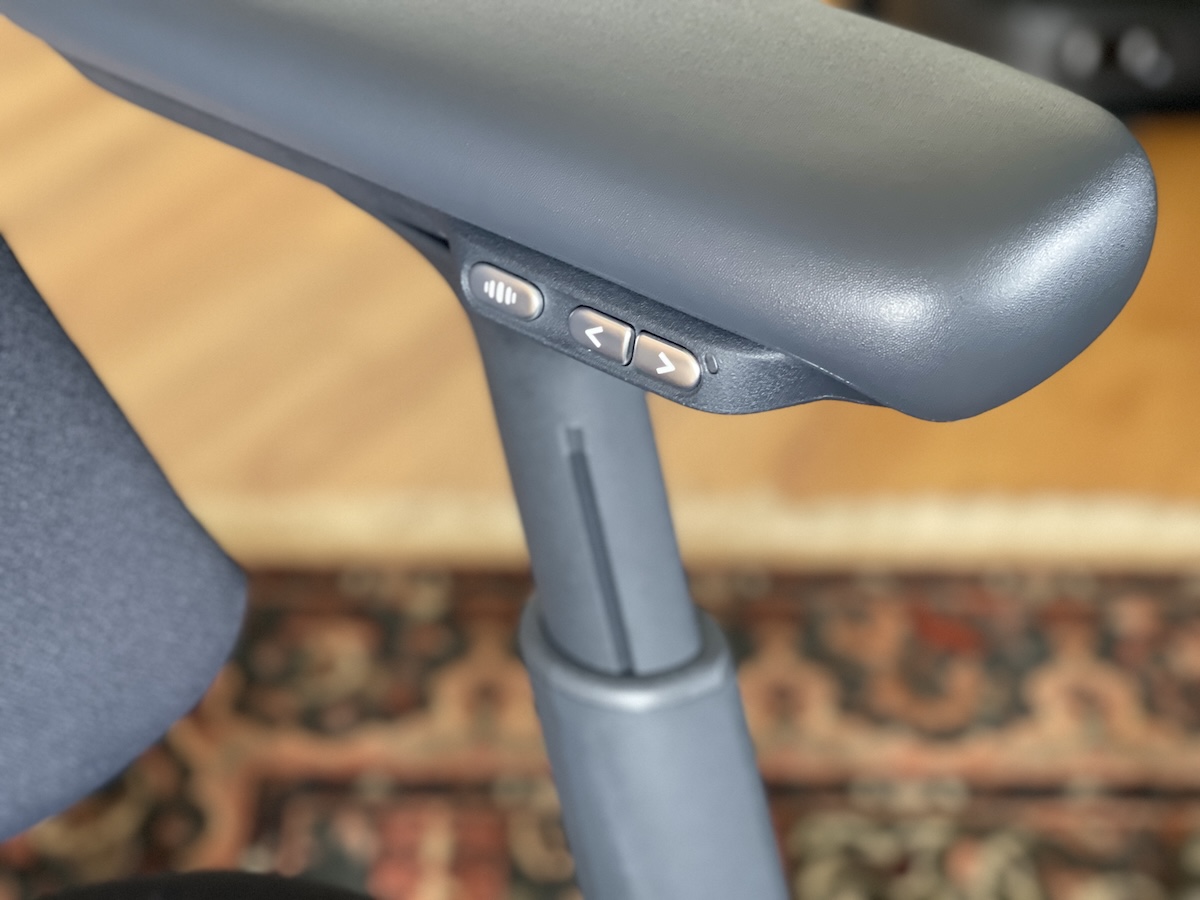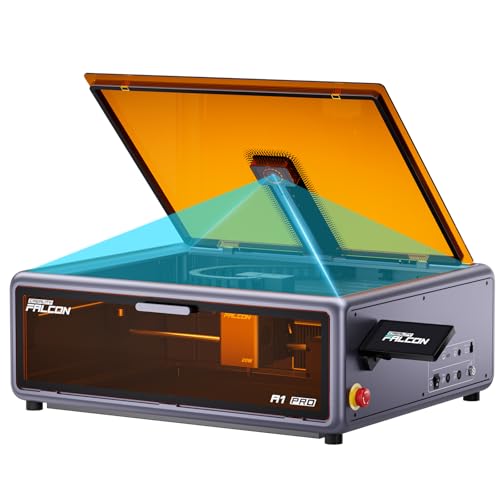NASA engineers are pushing the boundaries of what materials can do, creating innovations that transform space exploration while ensuring missions succeed even in the harshest conditions. These breakthroughs aren’t just for astronauts – they’re changing how we approach energy, medicine, and transportation right here on Earth.
Disclaimer: Some images used for commentary and educational purposes under fair use. All rights remain with their respective owners.
Nitinol: The Magic Metal

Nitinol stands apart from ordinary metals with its extraordinary ability to stretch and return to its original shape. The secret? A molecular restructuring where atoms rearrange themselves on demand, switching between different energy states as conditions change.
Engineers love this for space applications where reliability means everything. Fewer parts, less weight, and increased durability make Nitinol ideal for deployment mechanisms and structural components that must work flawlessly in environments where repairs are impossible. When a single failure can end a billion-dollar mission, this shape-memory marvel provides peace of mind that conventional materials simply can’t match.
Airless Bike Tires

Imagine never worrying about a flat tire again. These innovative wheels replace air with a cleverly engineered metal slinky structure that handles both support and shock absorption. The ride quality rivals traditional tires inflated to 100 psi, but without the vulnerability to punctures.
NASA already deploys this technology on their Mars rovers, where roadside assistance isn’t exactly an option. From city commutes to backcountry trails, these tires keep rolling through conditions that would leave conventional options deflated and useless. Sharp rocks, broken glass, construction debris? No problem – these tires just keep going.
Bulletproof Bike Tires

Based on NASA’s space-mission wheel research, these extraordinary tires withstand punishment that would destroy normal rubber. How tough are they? They continue functioning normally even after taking a direct bullet hit – something that would immediately end the journey for any conventional tire.
This exceptional durability translates to practical benefits for both Earth vehicles and those exploring distant worlds. Fewer repairs, longer lifespans, and uninterrupted journeys even through the most challenging terrain. When reliability is non-negotiable, these tires deliver performance that was previously thought impossible.
Challenges of Space Wheels: Extreme Conditions

Creating wheels for other planets presents unique challenges that make Earth’s toughest environments seem tame by comparison. Mars delivers a brutal combination: nearly nonexistent atmospheric pressure plus temperature swings from approximately 70°F down to -195°F – conditions that would destroy conventional materials.
Regular rubber can’t handle this cosmic gauntlet. At temperatures below -90°F, it undergoes “glass transition,” becoming brittle and prone to shattering. Engineers must develop entirely new materials capable of maintaining flexibility and toughness through these wild extremes. Standard solutions simply fall apart when facing the harsh realities of extraterrestrial exploration.
Curiosity Rover Wheels: Aluminum Design

Curiosity’s wheels represent a triumph of minimalist engineering. Manufactured from single aluminum billets, they deliver remarkable strength despite having skins just 0.7 millimeters thick – thinner than a credit card yet tough enough for alien terrain.
Engineers faced an impossible balancing act: reduce every possible gram for launch efficiency while ensuring the wheels could withstand Mars’ jagged landscape. The resulting design proves that sometimes less truly is more, especially when “more” costs thousands of dollars per pound to launch into space. This elegant solution maximizes performance while minimizing the weight penalty that haunts every space mission.
Issues with Mars Rover Wheels

Despite extensive preparations, Mars terrain proved far more aggressive than anticipated. According to Matt Heverly, Mars Science Laboratory mobility systems engineer at NASA/JPL, “We did expect some damage, but the rate of damage accumulation was much faster than we expected.” The rover wheels developed significant holes and cracks that threatened mission objectives.
Mission control now plans routes with extreme caution, constantly monitoring wheel condition through imagery and telemetry. Meanwhile, materials scientists work tirelessly to develop tougher solutions that can withstand Mars’ razor-sharp rocks and abrasive dust. The ongoing battle between human ingenuity and Martian terrain continues to drive innovation in material science.
Elasticity and Plastic Deformation

Understanding material behavior means getting familiar with stress and strain – the forces that shape our physical world. Stress measures force applied per area, while strain represents how materials deform in response. Conventional metals only handle tiny strains (0.3-0.8%) before reaching their elastic limit.
Cross that threshold, and you enter plastic deformation territory – where changes become permanent. Materials pushed beyond their yield point never fully recover their original shape. This fundamental principle guides everything from spacecraft components to everyday objects. Knowing exactly where that breaking point lies determines whether something will perform reliably or fail catastrophically.
Apollo Lunar Roving Vehicle (LRV) Wheels

The Apollo LRV featured groundbreaking wheel design that enabled humans to drive across the lunar surface for the first time. Using an ingenious pantograph structure with woven steel mesh, these wheels allowed astronauts to travel up to 36 kilometers across the moon’s dusty terrain.
Engineers incorporated strategic bump stops to prevent excessive strain during lunar excursions. This thoughtful approach maximized structural integrity and vehicle longevity in an environment where maintenance wasn’t an option. These wheels provided reliable transportation on another world – a remarkable achievement considering the technology available in the early 1970s.
Limitations of Mesh Steel Wheels

Despite their innovative design, mesh steel wheels reveal significant weaknesses during extended use. Their performance gradually degrades as permanent deformation compromises structural integrity – a problem that accelerates with heavy loads and long journeys.
Engineers continue searching for design modifications to mitigate these limitations, but the fundamental constraints remain. For missions requiring extended travel without maintenance opportunities, mesh wheels present an unacceptable risk. Their declining performance over time makes them unsuitable for marathon missions where consistent reliability is essential.
Discovery of Nitinol

Nitinol’s story began in 1961 at the Naval Ordnance Laboratory when researchers combined nickel and titanium and stumbled upon something extraordinary. The material name itself reveals its origin: Nickel Titanium Naval Ordnance Laboratory = Nitinol.
This serendipitous discovery transformed material science overnight. Researchers exploring the alloy’s properties uncovered its remarkable shape-memory characteristics – a property that would open doors to applications nobody had previously imagined possible. Sometimes the most revolutionary breakthroughs happen not through targeted research but through recognizing the significance of unexpected results.
Nitinol: Shape Memory Alloy

At the atomic level, Nitinol performs a remarkable transformation. Heat reorganizes its atoms into a cubic austenite lattice, while cooling shifts them to twinned martensite – creating the foundation for its memory properties that seem almost magical to the uninitiated.
Engineers “program” the metal by setting its shape at high temperatures when austenite forms. This becomes the default configuration that the material remembers and returns to when heated again after deformation. This molecular reset mechanism enables everything from compact satellite components to self-adjusting medical implants – applications where reliability from the atomic level up makes all the difference.
Nitinol Applications: Medical Stents

Modern medicine has embraced Nitinol for life-changing cardiovascular treatments. Doctors cool stents to their malleable martensite phase, compress them dramatically, then thread them through narrow catheters to reach blocked arteries without major surgery.
Once positioned, the stent’s superelasticity takes over. It expands to its predetermined shape, pushing arterial walls outward and restoring critical blood flow. This minimally invasive approach has revolutionized cardiac care, replacing complicated surgeries with outpatient procedures. Patients experience faster recovery with less trauma – all thanks to a metal that remembers its shape at body temperature.
Nitinol Applications: Actuators

Nitinol’s shape-shifting abilities create compact but powerful actuators that generate significant force when heated. These tiny powerhouses deliver substantial mechanical action with minimal complexity.
Their combination of small size and impressive strength makes them ideal for applications where traditional motors would be too bulky or complex. From robotic joints to aerospace components, a simple temperature change triggers the metal’s transformation, generating controlled movement with minimal parts. This elegant simplicity represents mechanical motion in its purest form – no gears, no fluids, just atoms rearranging themselves to perform physical work.
Nitinol Applications: Aviation

Aircraft designers leverage Nitinol’s temperature-sensitive properties to create components that adapt automatically to changing conditions. By fine-tuning alloys to transition within specific temperature ranges, they develop systems that respond to environmental changes without complex control mechanisms.
The Boeing 737 demonstrates this innovation with wing components that eliminate hydraulic systems entirely. Simple electric wires trigger the necessary phase changes, dramatically simplifying design while enhancing performance. Fewer moving parts means fewer potential failure points – a significant advancement for aviation safety and maintenance efficiency.
Nitinol: Superelasticity

Beyond shape memory, Nitinol exhibits extraordinary elasticity that sets it apart from conventional materials. It stretches up to 8% of its length and returns perfectly to form – a capability made possible through stress-induced phase changes within the solid metal.
This property transforms applications across numerous industries. From unbreakable eyeglass frames to earthquake-resistant building components, superelasticity improves both reliability and adaptability. Systems facing variable forces benefit enormously from materials that can flex without breaking and recover without fatigue, opening design possibilities that were previously impossible with conventional metals.
Nitinol: Heat Pumping

Nitinol reveals another surprising talent: its phase change produces measurable heat through what scientists call enthalpy of transformation. Researchers are leveraging this property in elastocaloric cooling – an emerging technology that functions similarly to heat pumps but without traditional refrigerants.
By strategically stressing and releasing the material, engineers generate controlled heating and cooling effects. This opens doors to environmentally-friendly refrigeration that could eventually replace conventional compressors. Imagine cooling systems with no harmful chemicals and fewer moving parts – air conditioning that leaves both mechanical and environmental footprints smaller than ever before.
Nitinol Tires: Mesh Weaving

Creating Nitinol tires requires precision craftsmanship that no machine can currently match. Technicians meticulously weave springs into complex mesh structures, repeating the same exact motion hundreds of times per tire with extraordinary patience and consistency. The intensive labor yields tires that perform where conventional options fail completely. From the sharp rocks of Mars to debris-filled disaster zones on Earth, these carefully crafted components maintain integrity under punishing conditions. The process highlights an important truth in cutting-edge technology: sometimes the most advanced solutions require not just revolutionary materials but also the irreplaceable human touch of skilled hands.
Nitinol Tires: Testing

Engineers subject these next-generation tires to rigorous evaluation on specialized testing platforms. Rotating carousels simulate diverse terrains at precisely controlled speeds – typically 6.7 centimeters per second to exactly match Mars rover operational parameters.
Despite their impressive strength, the Nitinol structures maintain remarkable flexibility while supporting substantial weight. This perfect balance – rigid enough to provide support yet flexible enough to adapt to changing terrain – makes the technology so promising. Comprehensive testing across extreme temperature and terrain conditions ensures reliable performance whether deployed on Earth or distant planets.
Nitinol Tires: Terrestrial Applications

Aircraft tires operate under extreme stress – pressurized between 300-400 psi to support massive loads compared to regular car tires at just 30-60 psi. Nitinol technology could transform this industry by eliminating blowout risks entirely without relying on pressurized air systems.
For commercial aviation, this advancement promises extended tire lifespans with dramatically reduced maintenance requirements. The safety implications are significant – no more catastrophic tire failures during critical takeoff or landing phases. As manufacturing processes improve and costs decrease, these benefits could eventually reach everyday vehicles, making flat tires a thing of the past.




























